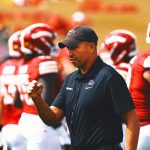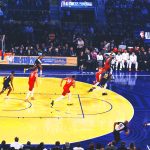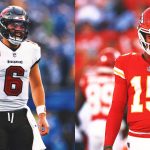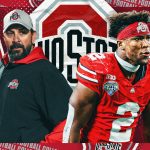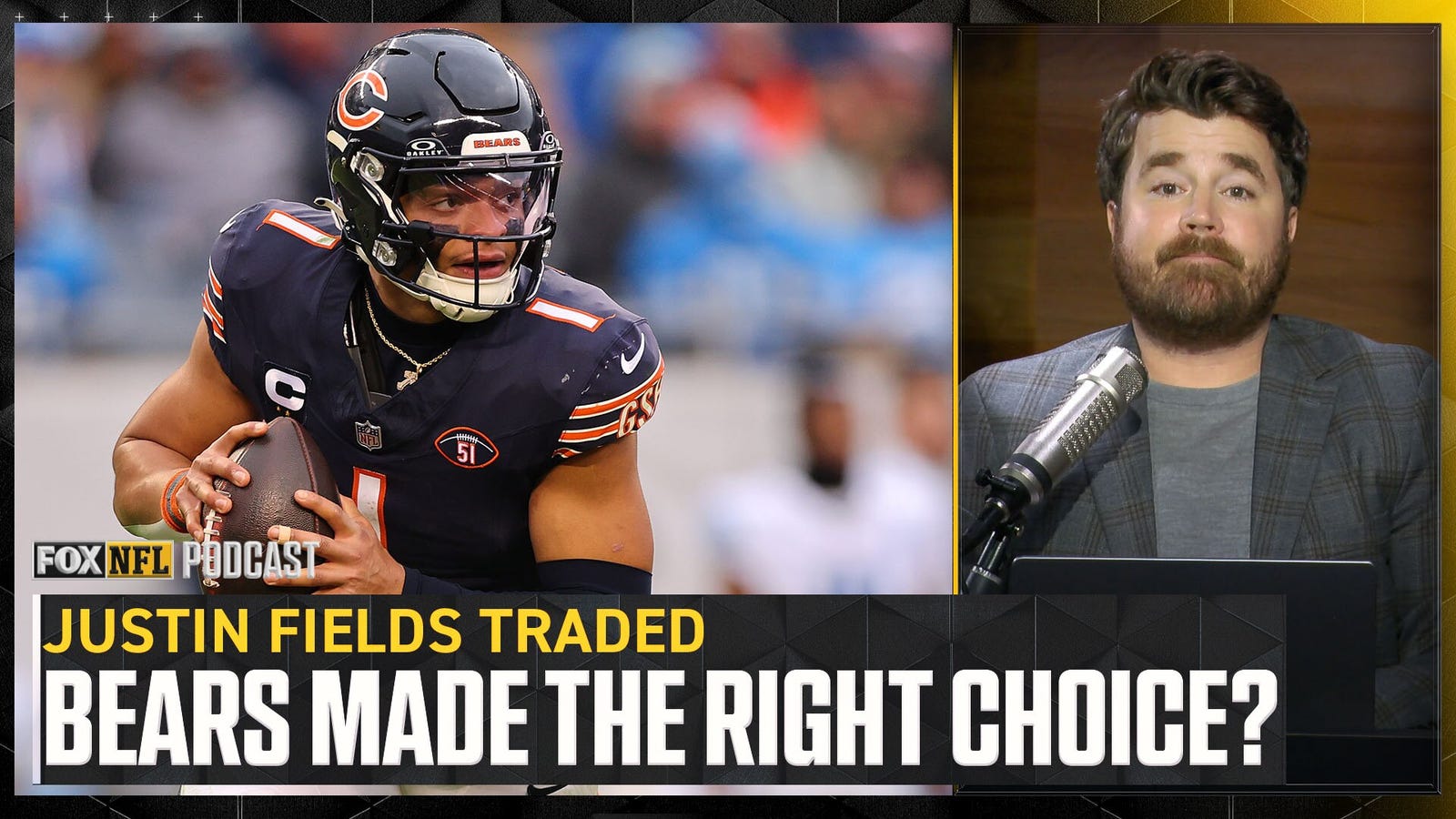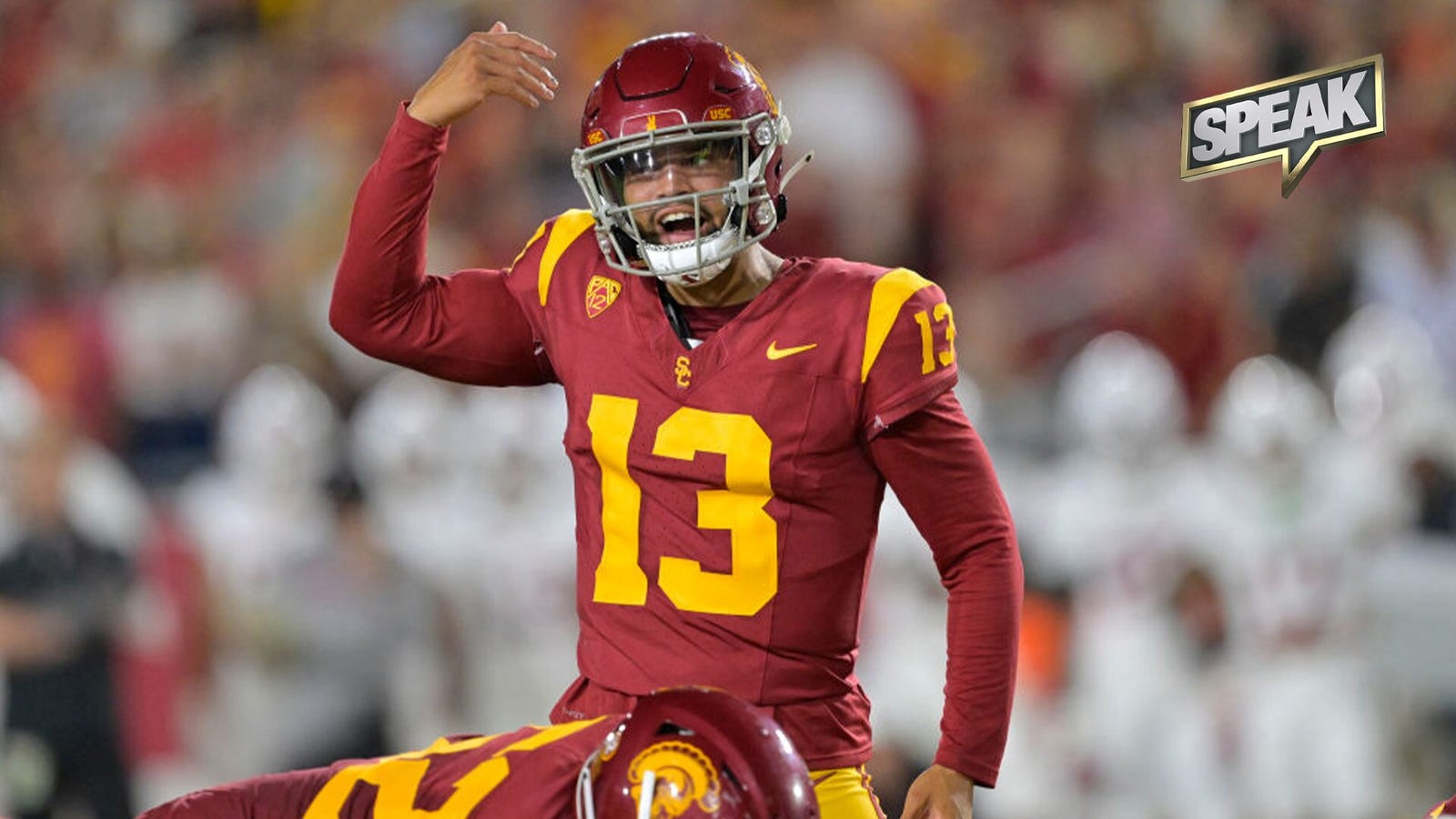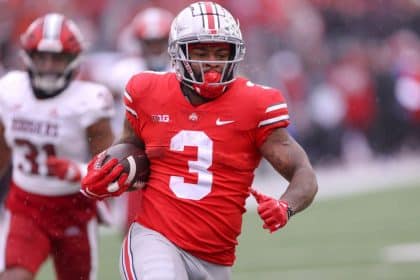Whichever rookie quarterback ends up in Chicago after this year’s NFL Draft is going to be lucky.
The Bears aren’t your average team picking first overall, namely because they didn’t earn it in the traditional way. Chicago is picking first overall because of a trade down out of the first overall pick last year with the Carolina Panthers. Fortuitously for the Bears, that first overall selection didn’t improve Carolina’s roster and they finished with the worst record in the league after surrendering their 2024 first-round pick.
More than the fact that the Bears didn’t warrant the first overall pick, general manager Ryan Poles is going through a complete roster overhaul. The players in Chicago are there because Poles wanted them. They have been slowly assembling, awaiting the prince who was promised under center.
Call it the last infinity stone. Call it a match that will light the wildfire. Or call it the last piece of the puzzle. Regardless of the metaphor, everything Poles and the Bears have been building has led up to this.
ADVERTISEMENT
For the first time maybe ever, the Bears look ready and able to develop a quarterback.
Just this offseason, Poles traded for veteran wide receiver Keenan Allen to give Chicago an experienced one-two punch for a young signal caller. In his first move, Poles signed free-agent running back D’Andre Swift to lead the Bears’ backfield stable that includes Khalil Herbert and Roschon Johnson. Chicago signed not one, but two experienced centers in Ryan Bates and Coleman Shelton, in addition to adding Matt Pryor for depth along the offensive line. They also got free agent tight end Gerald Everett, who new offensive coordinator Shane Waldron coached in Seattle.
Waldron is worth mentioning in his won right; the offensive coordinator has gotten the best out of multiple quarterbacks including Geno Smith, Russell Wilson and Jared Goff. Waldron also has the benefit of quarterbacks coach Kerry Joseph.
On the other side of the ball, the Bears continued to add (and retain) pieces to ensure the defense is a unit a young quarterback can rely on. Despite being a top-five defense in the last half of the season and generating the most takeaways in the league in the last nine games, Chicago didn’t stand pat. They signed Jaylon Johnson to a long-term extension just days after using the franchise tag on him, while signing two safeties to round out the secondary in Kevin Byard and Jonathan Owens. They added Montez Sweat at the trade deadline last season and since then, this defense looks made in head coach Matt Eberflus’ image — and they’re playing like it, too.
If you’re keeping track at home, that makes experienced weapons on offense with a deeper offensive line that likely isn’t done adding, as well as a solid defense capable of limiting opponent production.
Let’s contrast that with what last year’s first overall pick faced. Bryce Young was selected by the Panthers with the selection Chicago traded away. Young’s top receiver was 32-year-old Adam Thielen; his second-best was D.J. Chark. His left tackle was a second-year player in Ikem Ekwonu who has struggled to live up to pre-draft expectations. The Panthers’ top running back was Miles Sanders. They also had a defense that ended up giving up the fourth-most points per game of any team last year.
The Panthers had seemingly done the opposite of preparing for a young quarterback, trading away wide receiver D.J. Moore to Chicago to help secure the top overall pick and dealing Christian McCaffrey to the San Francisco 49ers on October 20 of the prior season. It feels like Young could have benefited from proven playmakers on the squad when he got there but with limited experience around him, Young had one of the worst rookie seasons we’ve seen from a No. 1 overall pick. He threw for just 2,877 yards, 11 touchdowns and 10 interceptions in 16 games. He also fumbled 11 times. The team went 2-14.
What about in 2021? That was the last time a quarterback went first overall before Young, and it was Trevor Lawrence to Jacksonville. Coincidentally, Chark was also one of Lawrence’s receivers along with Marvin Jones and Laviska Shenault. Lawrence had a relatively experienced left tackle in Cam Robinson, but by the time Week 1 rolled around, Lawrence had almost no support in the ground game with James Robinson and Dare Ogunbowale as his top two backs.
Jacksonville’s defense was coming off a year where it ranked second-to-last in the league in yards-per-play allowed as well as yards-per-game allowed and points-per-game allowed. Lawrence proceeded to lead the league in interceptions his rookie year with 17. The good news is, the next season Lawrence threw for 4,113 yards, 25 touchdowns and cut his interceptions down to eight, making the Pro Bowl in the process. The team around him got better; that’s not a coincidence.
Then we get to 2020, when Joe Burrow was taken first. Burrow had success right away but even his first Cincinnati team was lacking. He was still a year away from getting his college buddy Ja’Marr Chase and instead had an aging A.J. Green and Tyler Boyd as his top two receivers. Burrow did have the benefit of peak Joe Mixon but a very iffy offensive line. The Bengals defense was also dead last in most major categories the season before and only improved marginally in Burrow’s rookie season.
Burrow got hurt that year, playing in only 10 games and throwing for 2,688 yards along with 13 touchdowns and five interceptions. With Chase on the squad, Burrow exploded the next season for 4,611 yards and 34 touchdowns (13 of which went to Chase), against 14 interceptions and took the Bengals to the Super Bowl. And as the team continued to improve, so did Burrow, following up his Super Bowl appearance with a 12-4 season in Cincinnati, winning the AFC North, ultimately losing in the AFC Championship to the Kansas City Chiefs.
[Want great stories delivered right to your inbox? Create or log in to your FOX Sports account, follow leagues, teams and players to receive a personalized newsletter daily.]
After Chicago traded Justin Fields to the Pittsburgh Steelers, an outspoken segment of fans expressed that if Fields had more help in the beginning, maybe things would have turned out differently. Maybe Fields would have developed more quickly and been more successful by this point. Those people expressing those sentiments are probably right. But Poles wasn’t responsible for the situation Fields came into. He hadn’t spent years cultivating a roster that would be set up to make things easier on a young quarterback. He has now.
Caleb Williams, should he be the choice in Chicago, would be coming into a better team than any of these aforementioned players by a long shot. That isn’t to suggest winning the division and reaching the Super Bowl should be the immediate expectation for the Bears. That wouldn’t be fair to put on a first-year player. But unlike any quarterback before him to wear the blue and orange, Williams will be set up to succeed in Lake Forest and Soldier Field on Sundays, history be damned.
Bears fans owe Poles a clean slate — and a chance to deliver what none of his predecessors could: a franchise quarterback.
Carmen Vitali covers the NFC North for FOX Sports. Carmen had previous stops with The Draft Network and the Tampa Bay Buccaneers. She spent six seasons with the Bucs, including 2020, which added the title of Super Bowl Champion (and boat-parade participant) to her résumé. You can follow Carmen on Twitter at @CarmieV.
recommended
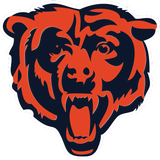
Get more from Chicago Bears Follow your favorites to get information about games, news and more

